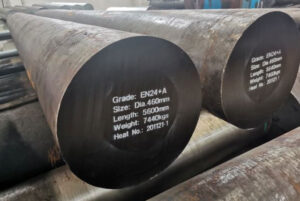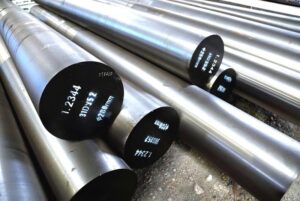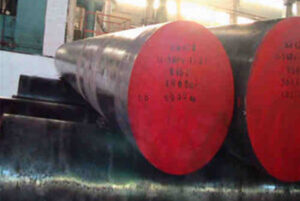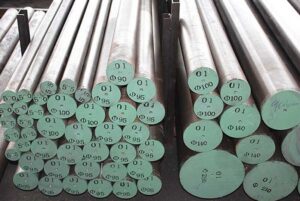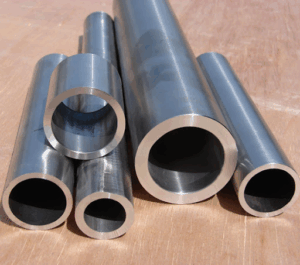Tổng quan về Special Steel 316/316L Stainless Steel
Special Steel 316/316L Stainless Steel, often referred to as marine-grade stainless steel, are austenitic chromium-nickel stainless steels that contain molybdenum. This addition increases their corrosion resistance, especially against chlorides and other industrial solvents. Both alloys are known for their exceptional welding and forming characteristics, making them ideal for various industrial and marine applications.
Key Features of 316/316L Stainless Steel
- Khả năng chống ăn mòn: Superior resistance to pitting and crevice corrosion in chloride environments.
- Khả năng hàn: Excellent welding properties, with no need for post-weld annealing.
- Sức mạnh: High tensile and creep strength at elevated temperatures.
- Versatility: Suitable for a wide range of applications, from industrial machinery to medical devices.
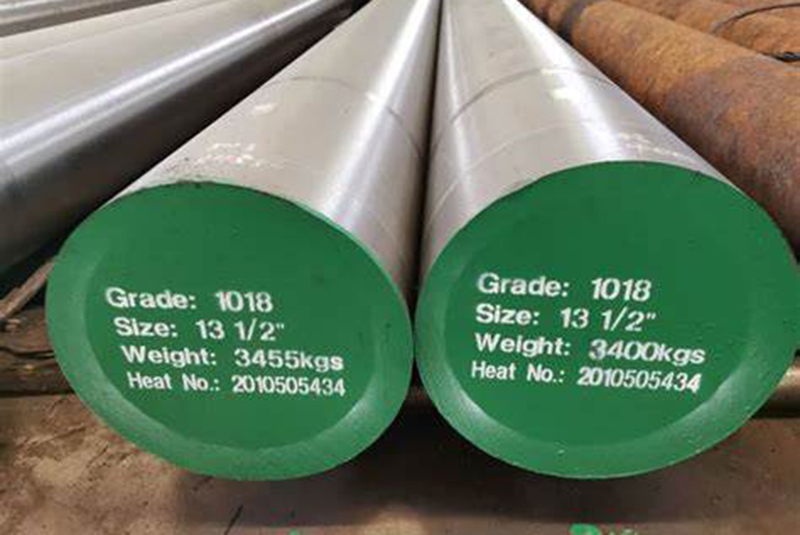
Types and Composition of 316/316L Stainless Steel
| Type | Thành phần Hóa học (wt%) |
|---|---|
| 316 | C: ≤0.08, Si: ≤1.00, Mn: ≤2.00, P: ≤0.045, S: ≤0.030, Cr: 16.0-18.0, Mo: 2.0-3.0, Ni: 10.0-14.0 |
| 316L | C: ≤0.03, Si: ≤1.00, Mn: ≤2.00, P: ≤0.045, S: ≤0.030, Cr: 16.0-18.0, Mo: 2.0-3.0, Ni: 10.0-14.0 |
Understanding the Differences Between 316 and 316L
The primary difference between 316 and 316L is their carbon content. 316L has a lower carbon content (≤0.03%), which enhances its corrosion resistance, particularly after welding. This makes 316L more suitable for applications requiring extensive welding.
Applications of 316/316L Stainless Steel
| Ngành công nghiệp | Đơn đăng ký |
|---|---|
| Hải quân | Boat fittings, deck hardware, marine fasteners |
| Xử lý hóa chất | Chemical and petrochemical equipment |
| Food and Beverage | Food processing equipment, brewing tanks |
| Y khoa | Surgical instruments, orthopedic implants |
| Kiến trúc | Coastal architectural features, handrails |
| Năng lượng | Offshore oil and gas platforms, heat exchangers |
Why Choose 316/316L for Your Applications?
When it comes to selecting the right material for demanding environments, 316 and 316L stainless steels stand out due to their impressive corrosion resistance, ease of fabrication, and high strength. Whether you’re dealing with the harsh marine atmosphere or the corrosive chemicals in a processing plant, these alloys are up to the task.
Specifications, Sizes, Grades, and Standards
| Specification | Chi tiết |
|---|---|
| ASTM Standards | ASTM A240/A240M |
| Sizes Available | Sheets, Plates, Bars, Pipes, Tubes |
| Typical Grades | 316/316L, 316H, 316Ti |
| Tiêu chuẩn | ASTM, ASME, EN, ISO |
Common Sizes and Shapes
316 and 316L stainless steels are available in a variety of forms to suit different needs, including:
- Sheets and Plates: Thickness ranges from 0.5mm to 50mm.
- Bars and Rods: Diameters range from 1mm to 500mm.
- Pipes and Tubes: Various schedules and diameters, both seamless and welded.
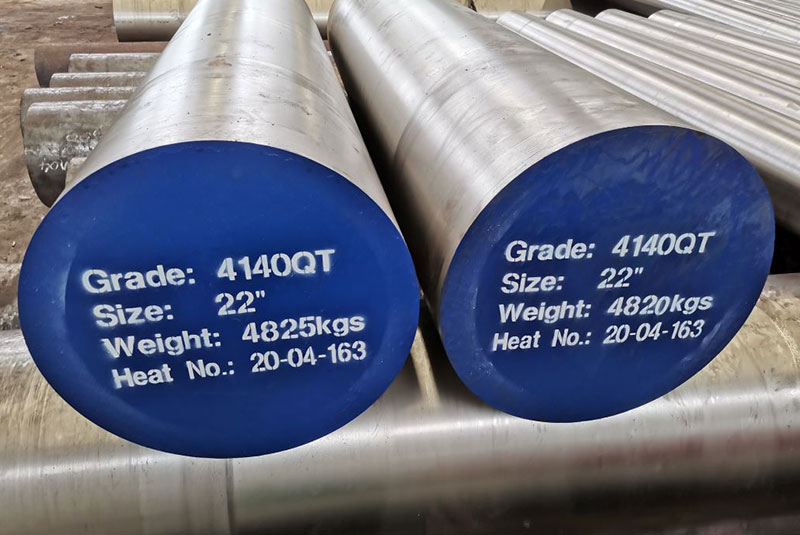
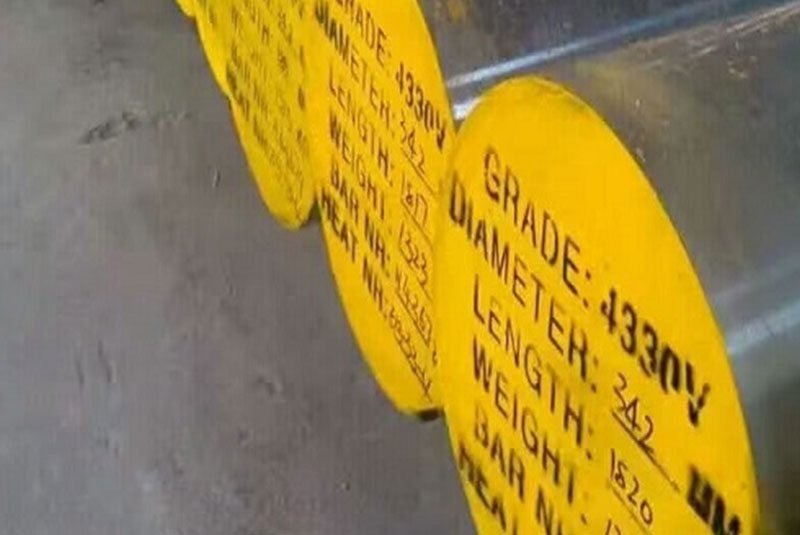
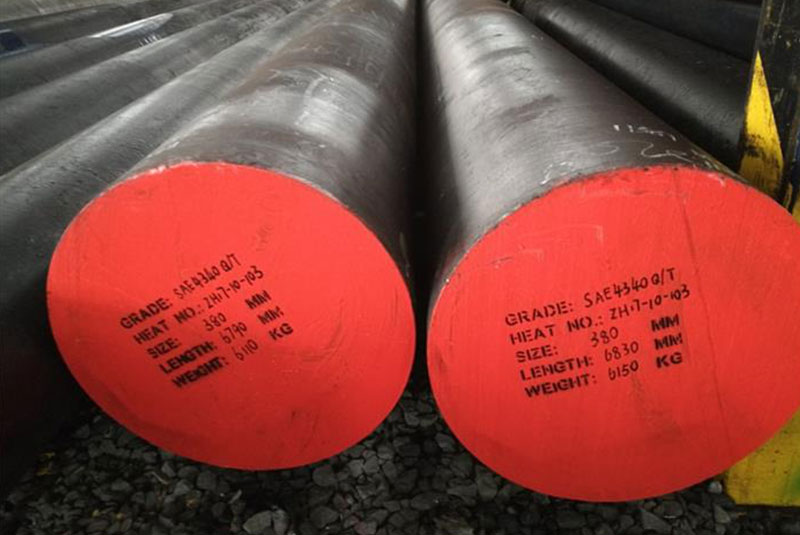

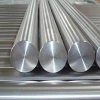
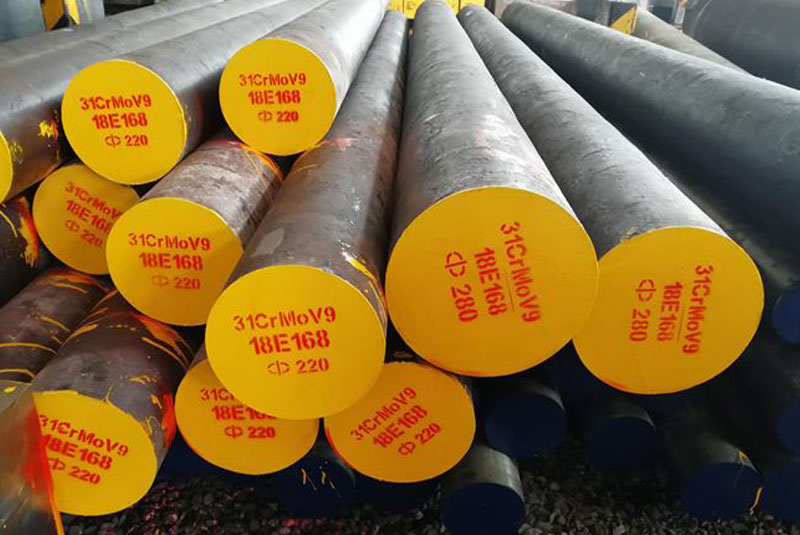
Suppliers and Pricing Details
| Nhà cung cấp | Phạm vi giá (theo kg) | Country |
|---|---|---|
| ThyssenKrupp | $5 – $7 | Germany |
| Outokumpu | $6 – $8 | Finland |
| Aperam | $5.50 – $7.50 | Luxembourg |
| Sandvik | $6 – $8 | Sweden |
| AK Steel | $5.50 – $7.50 | Hoa Kỳ |
Factors Influencing Pricing
The price of 316/316L stainless steel varies based on several factors:
- Market Demand: Prices fluctuate with the global demand for stainless steel.
- Raw Material Costs: Nickel and molybdenum prices heavily influence the cost.
- Supplier Location: Shipping and logistics add to the overall cost.
Advantages and Disadvantages of 316/316L Stainless Steel
| Ưu điểm | Nhược điểm |
|---|---|
| Khả năng chống ăn mòn tuyệt vời | Higher cost compared to 304 stainless steel |
| Superior weldability | Heavier than aluminum |
| High tensile strength | Requires more energy to process |
| Versatile and widely available | Limited machinability |
Pros and Cons: 316 vs 316L
When choosing between 316 and 316L, consider the following:
- 316: Better suited for high-temperature applications due to its higher carbon content.
- 316L: Optimal for welding and environments with aggressive corrosion conditions due to its lower carbon content.
Detailed Descriptions of Metal Powder Models
- 316L Stainless Steel Powder (Fine Grade)
- Description: Ultra-fine powder with high purity, ideal for additive manufacturing.
- Ứng dụng: 3D printing of medical devices, aerospace components.
- Properties: High strength, excellent flowability, low oxygen content.
- 316 Stainless Steel Powder (Coarse Grade)
- Description: Coarser powder, suitable for traditional powder metallurgy applications.
- Ứng dụng: Press and sinter processes, metal injection molding.
- Properties: Good compressibility, uniform particle size distribution.
- Pre-alloyed 316L Powder
- Description: Pre-alloyed powder ensuring homogeneity and consistency.
- Ứng dụng: Complex part manufacturing in automotive and aerospace industries.
- Properties: Superior corrosion resistance, excellent mechanical properties.
- Gas Atomized 316L Powder
- Description: Produced through gas atomization for spherical particles.
- Ứng dụng: Additive manufacturing, hot isostatic pressing.
- Properties: High sphericity, minimal porosity, consistent particle size.
- Water Atomized 316L Powder
- Description: Economical alternative with irregular particle shapes.
- Ứng dụng: Powder metallurgy, thermal spraying.
- Properties: Lower cost, good mechanical properties.
- 316L Surgical Grade Powder
- Description: Ultra-pure powder designed for medical applications.
- Ứng dụng: Orthopedic implants, surgical instruments.
- Properties: Biocompatibility, corrosion resistance.
- 316L Powder for Binder Jetting
- Description: Specifically formulated for binder jetting processes.
- Ứng dụng: Binder jet 3D printing, complex part fabrication.
- Properties: Excellent sintering behavior, high green strength.
- 316L Powder for Laser Powder Bed Fusion (LPBF)
- Description: Tailored for laser powder bed fusion 3D printing.
- Ứng dụng: Precision parts for aerospace, automotive.
- Properties: High flowability, uniform particle size distribution.
- 316L Powder for Electron Beam Melting (EBM)
- Description: Optimized for electron beam melting 3D printing.
- Ứng dụng: High-performance parts in demanding industries.
- Properties: High sphericity, low residual stresses.
- Recycled 316L Powder
- Description: Environmentally friendly option made from recycled materials.
- Ứng dụng: General additive manufacturing, sustainable practices.
- Properties: Comparable mechanical properties, cost-effective.
Comparison of Special Steel 316/316L Stainless Steel Models
| Model | Particle Shape | Production Method | Ứng dụng | Price Range |
|---|---|---|---|---|
| Fine Grade 316L Powder | Spherical | Gas Atomization | 3D printing | $50 – $70 per kg |
| Coarse Grade 316 Powder | Irregular | Water Atomization | Powder metallurgy | $40 – $60 per kg |
| Pre-alloyed 316L Powder | Spherical | Gas Atomization | Complex part manufacturing | $55 – $75 per kg |
| Gas Atomized 316L Powder | Spherical | Gas Atomization | Additive manufacturing | $60 – $80 per kg |
| Water Atomized 316L Powder | Irregular | Water Atomization | Thermal spraying | $30 – $50 per kg |
| Surgical Grade 316L Powder | Spherical | Gas Atomization | Medical applications | $70 – $90 per kg |
| 316L for Binder Jetting | Spherical | Gas Atomization | Binder jet 3D printing | $65 – $85 per kg |
| 316L for LPBF | Spherical | Gas Atomization | Laser powder bed fusion | $60 – $80 per kg |
| 316L for EBM | Spherical | Gas Atomization | Electron beam melting | $65 – $85 per kg |
| Recycled 316L Powder | Irregular | Various | General additive manufacturing | $35 – $55 per kg |
Why Choose the Right Metal Powder Model?
Selecting the appropriate metal powder model is crucial for optimizing the performance and efficiency of your manufacturing process. Whether you need ultra-fine powder for high-precision 3D printing or a coarser grade for traditional powder metallurgy, there’s a model tailored to your specific needs.
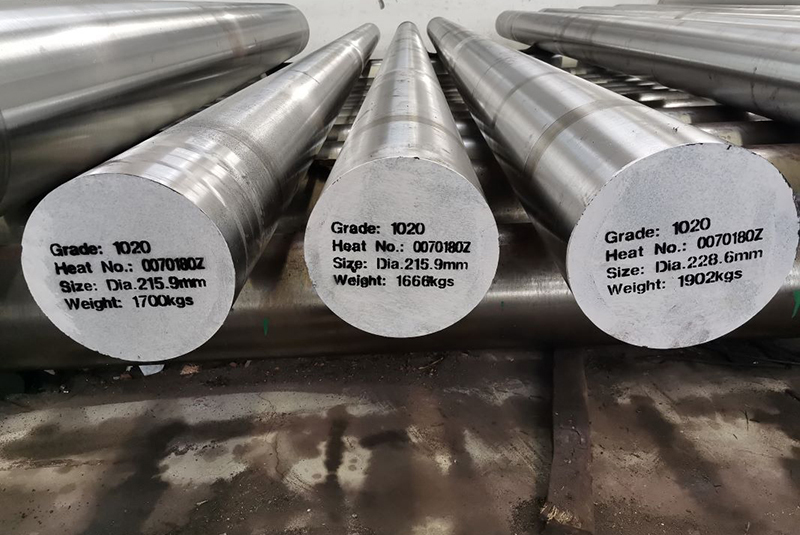
Câu hỏi thường gặp
| Câu hỏi | Trả lời |
|---|---|
| What is the difference between 316 and 316L stainless steel? | 316L has a lower carbon content, enhancing its corrosion resistance and suitability for welding. |
| Can 316/316L stainless steel be used in marine environments? | Yes, both 316 and 316L are highly resistant to corrosion in marine environments. |
| What are common applications for 316L stainless steel? | Applications include medical devices, marine hardware, chemical processing equipment, and more. |
| How does 316L stainless steel perform in high temperatures? | It maintains high strength and excellent corrosion resistance at elevated temperatures. |
| Is 316L stainless steel suitable for welding? | Yes, it has excellent weldability and does not require post-weld annealing. |
| What is the typical price range for 316/316L stainless steel? | Prices typically range from $5 to $8 per kg, depending on the supplier and specific requirements. |
| How does molybdenum enhance 316/316L stainless steel? | Molybdenum improves corrosion resistance, particularly against chlorides and industrial solvents. |
| Are there different grades of 316L stainless steel powder? | Yes, including fine grade, surgical grade, and grades tailored for specific 3D printing methods. |
| What are the advantages of gas atomized 316L powder? | Gas atomized powder has high sphericity, minimal porosity, and consistent particle size, making it ideal for additive manufacturing. |
| Can 316L stainless steel be recycled? | Yes, it can be recycled, and recycled 316L powder is available for sustainable manufacturing practices. |
Kết luận
In conclusion, Special Steel 316 and 316L stainless steels are versatile and high-performance materials ideal for various industrial applications. Their superior corrosion resistance, weldability, and mechanical properties make them the go-to choice for demanding environments. Understanding the specific needs of your application and selecting the right grade and form of 316/316L stainless steel is crucial for maximizing performance and efficiency. Whether you’re in the marine industry, chemical processing, or additive manufacturing, these alloys offer the reliability and durability you need.

